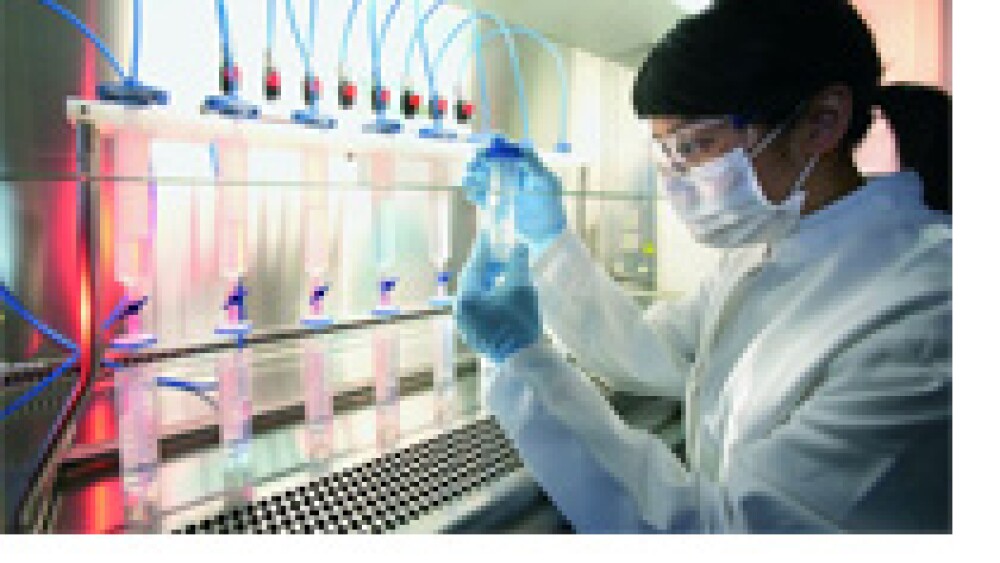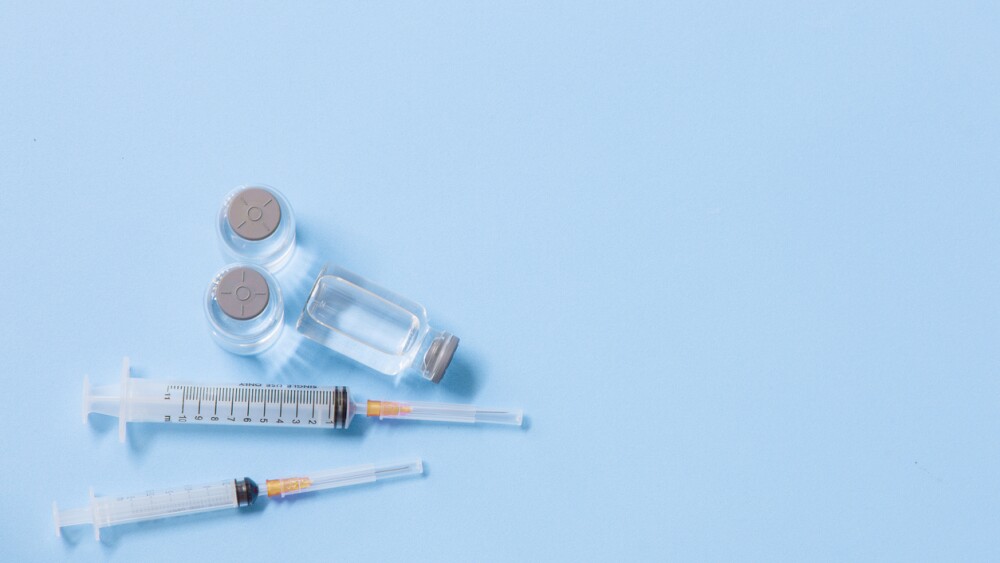March 3, 2016
By Alex Keown, BioSpace.com Breaking News Staff
LEXINGTON, Mass. – As a longtime scuba diver who enjoyed learning about the underwater world at night, Charles Mazel developed a fascination with fluorescence. He began to wonder about how fluorescence in the oceans could be photographed and that led him to developing his own equipment, which enabled him to capture comparative white-light and fluorescence images of corals and anemones in the Caribbean Ocean. Mazel turned that curiosity into his own business, Massachusetts-based NIGHTSEA, which is now providing lights and viewing equipment to the biotechnology research community.
Mazel, a marine biologist, said the applications for fluorescence in clinical research have the capability of advancing multiple research goals. One aspect he noted was the use of fluorescent proteins that have allowed scientists to engineer fluorescent tumors in mice and zebra fish in order to watch them grow in real time and then develop treatments for them. In those cases, he said, fluorescence becomes a “convenient marker for selection.”
“Fluorescence is being used in a phenomenally wide number of ways. It’s almost hard to pin it down to how it’s being used. It’s being used for everything from looking at a macroscopic organism, such as a cat or mouse, right down to looking at cells and neurons,” Mazel, founder and president of NIGHTSEA, told BioSpace in an exclusive interview.
Fluorescence has rapidly become a key technology in clinical research. In January, the Cancer Treatment Centers for America, working with the Center for Biomedical Imaging at Massachusetts General Hospital, started a pilot clinical trial using indocyanine green fluorescence-augmented colonoscopies in high-risk patients. Researchers used custom-designed fluorescent colonoscope and indocyanine green, a clinically approved fluorescent blood pool imaging agent, to visualize polyps in high-risk patients with polyposis syndromes or known distal colonic masses, according to the study’s abstract.
Another recent study is using fluorescence to detect cancer in vivo in a mouse model of soft tissue sarcoma and ex vivo in a first-in-human phase I clinical trial.
In addition, LED Medical Diagnostics used fluorescence in a surgical study on oral cancer. In January, LED Medical Diagnostics reported the study showed “a significant reduction in the rate of local recurrence of early-stage squamous cell carcinoma and high-grade precancerous lesions in patients where VELscope tissue fluorescence visualization was used to assist in determining the surgical margin for excision, compared to those patients where conventional methods were used,” according to a Jan. 26 statement. Researchers said the use of fluorescence allowed surgeons to better visualize diseased regions of the body, which they said will lead to improvements in the treatment for oral cancer.
While fluorescence has tremendous applications for research, Mazel noted the equipment can be expensive, costing more than $20,000 for some units. NIGHTSEA offers a fluorescence microscope and flashlight device for smaller applications for a lower price, although it does not come with high resolution imaging capabilities, like some of the bigger devices developed by companies such as Nikon.
NIGHTSEA continues to develop “plug and play” adaptors for the fluorescent microscopes to continue to add value to their systems. Mazel said they continually review how customers are using the company’s systems and then develop ways to improve performance for all possible applications.
Because of that often restrictive price, NIGHTSEA partnered with well-known accessories supplier, EMS-Diatome, to launch the KEY Award in 2015. The winner of the award receives one of NIGHTSEA’s Stereo Microscope Fluorescence Adapter system with two excitation/emission combinations plus $750 in equipment or supplies. The KEY Award is open to individuals entering their first faculty position at a U. S. nonprofit college or university in 2016. The deadline for application is June 3 with the winner being announced Aug. 1





